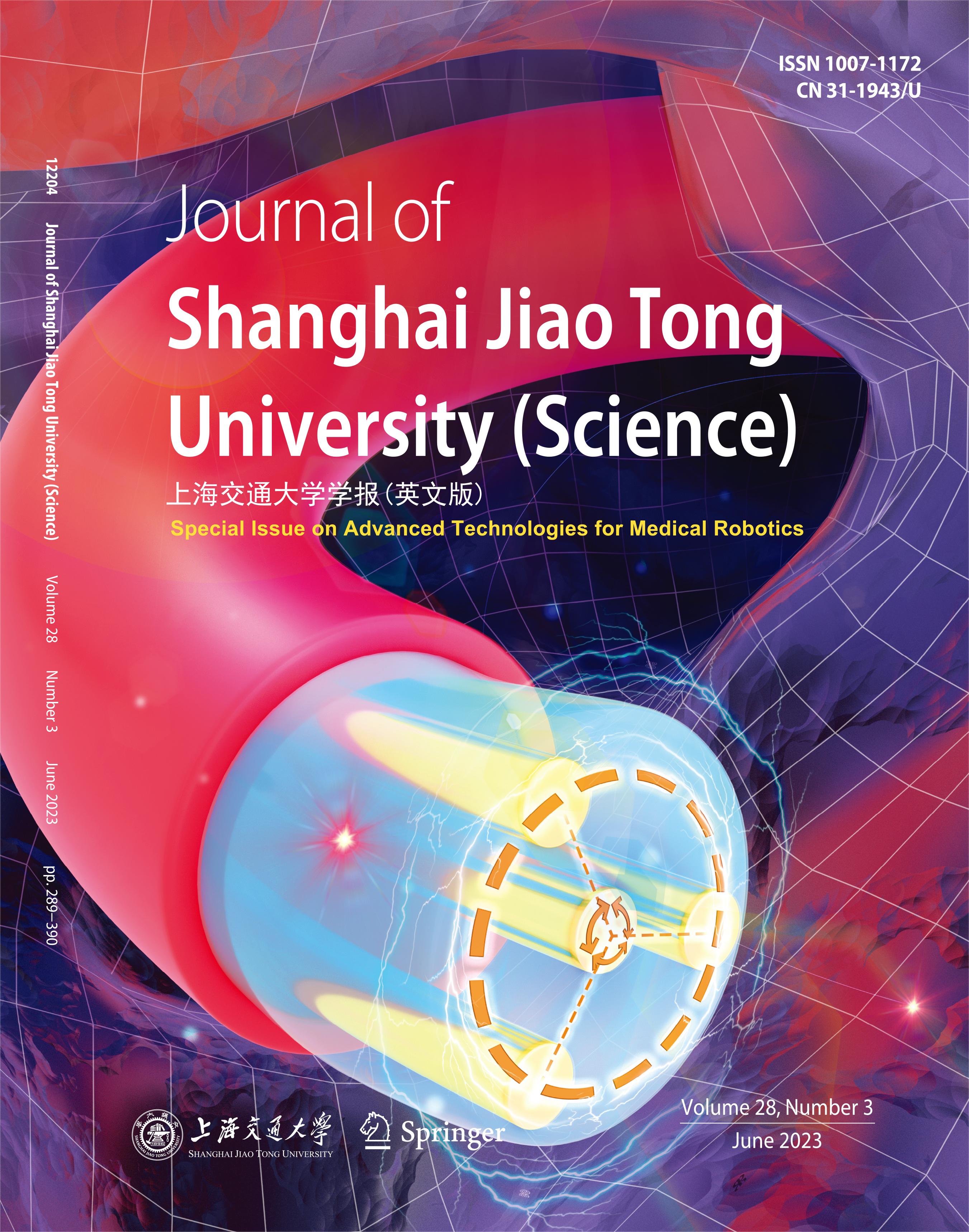|
|
Progress in Force-Sensing Techniques for Surgical Robots
GAO Hongyan1, 2(高红岩), AI Xiaojie1, 2(艾孝杰), SUN Zhenglong3(孙正隆), CHEN Weidong1, 2(陈卫东), GAO Anzhu1, 2(高安柱)
2023, 28 (3):
370-381.
doi: 10.1007/s12204-023-2607-x
Force sensing is vital for situational awareness and safe interaction during minimally invasive surgery. Consequently, surgical robots with integrated force-sensing techniques ensure precise and safe operations. Over the past few decades, there has been considerable progress in force-sensing techniques for surgical robots. This review summarizes the existing electrically- and optically-based force sensors for surgical robots, including piezoresistive, piezoelectric, capacitive, intensity/phase-modulated, and fiber Bragg gratings. Their principles, applications, advantages, and limitations are also discussed. Finally, we summarize our conclusions regarding state-of-the-art force-sensing technologies for surgical robotics.
References |
Related Articles |
Metrics
|

